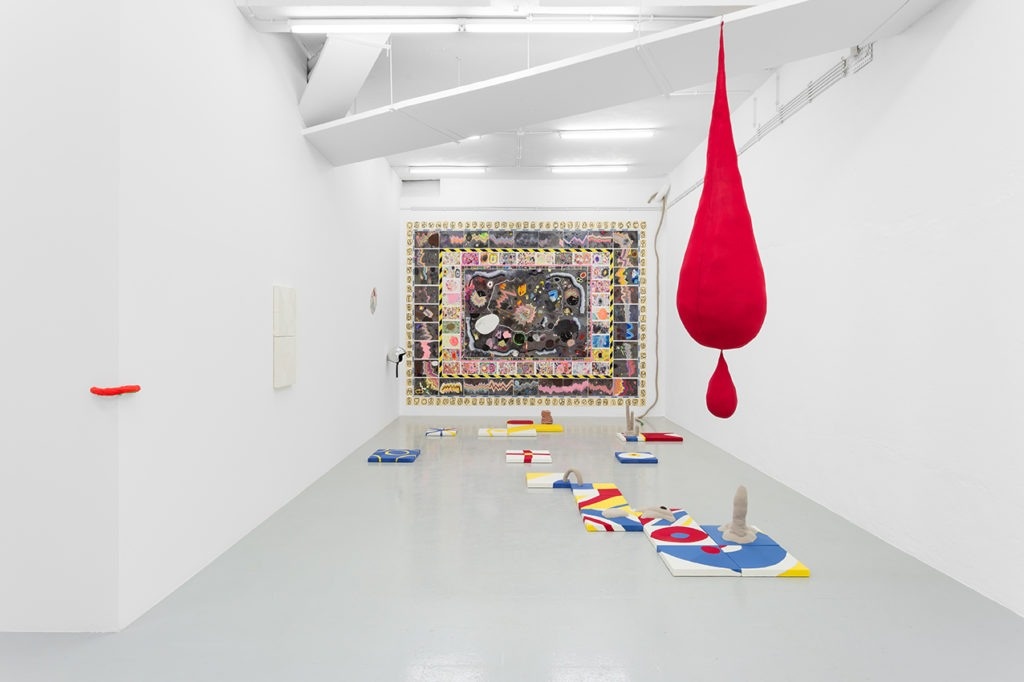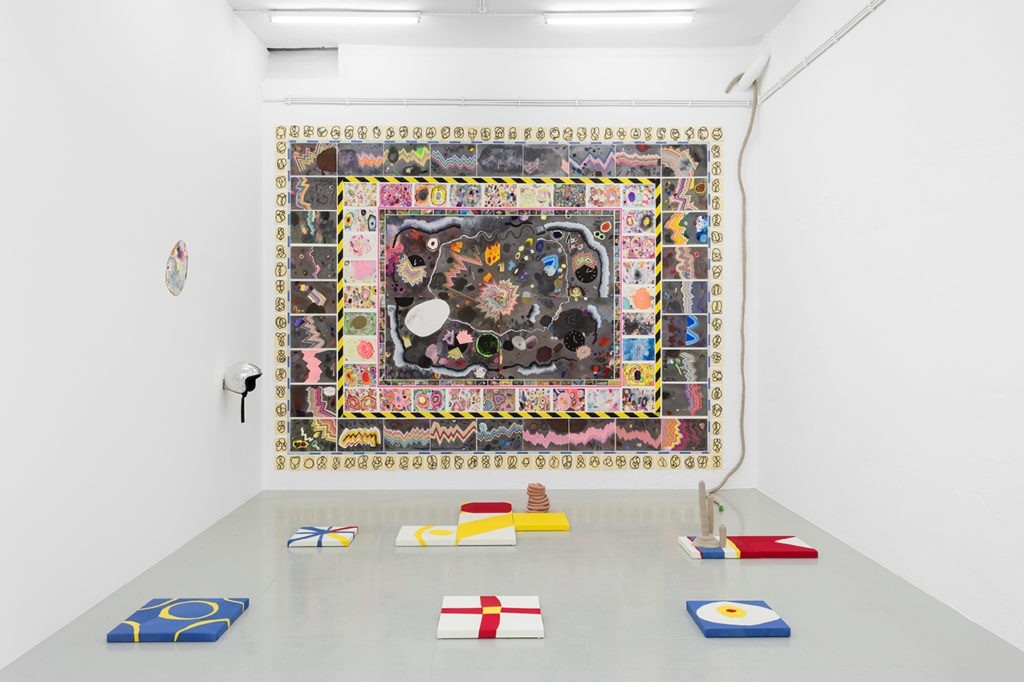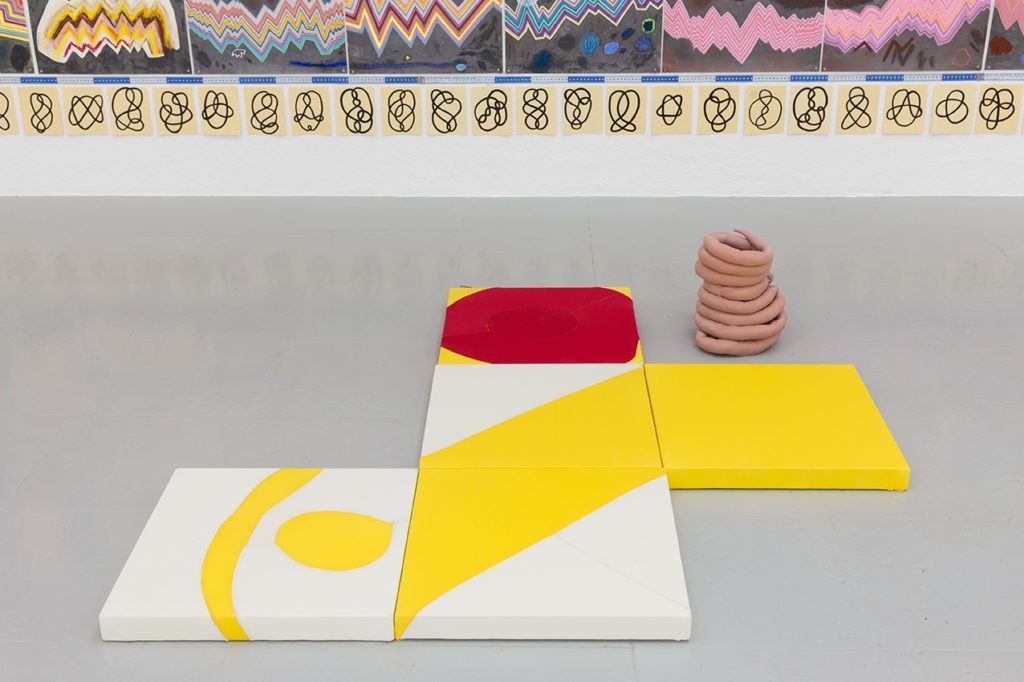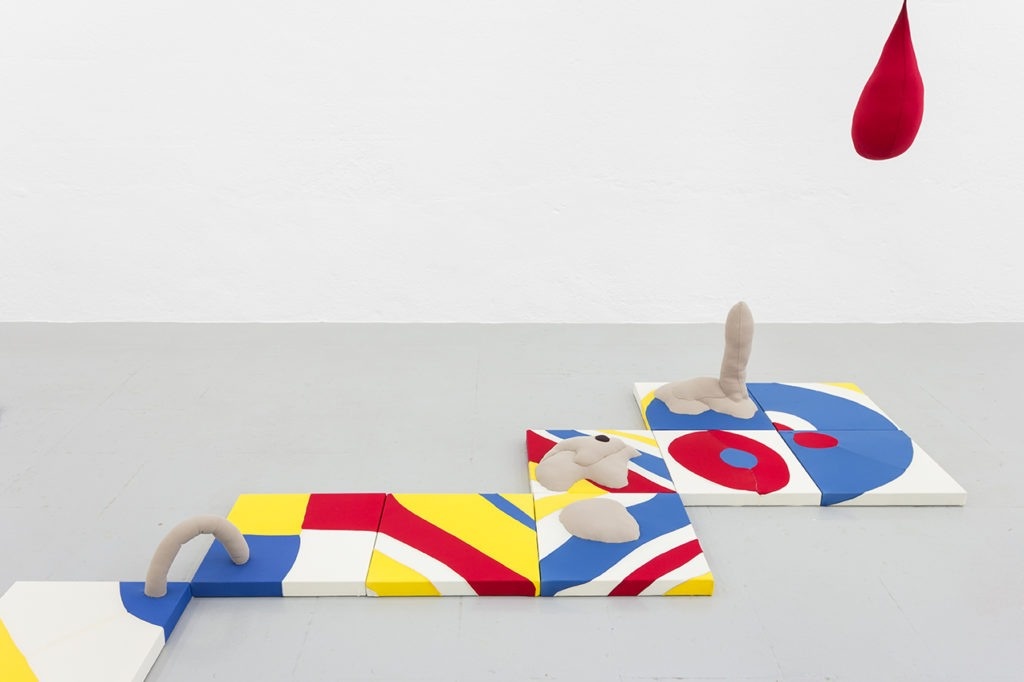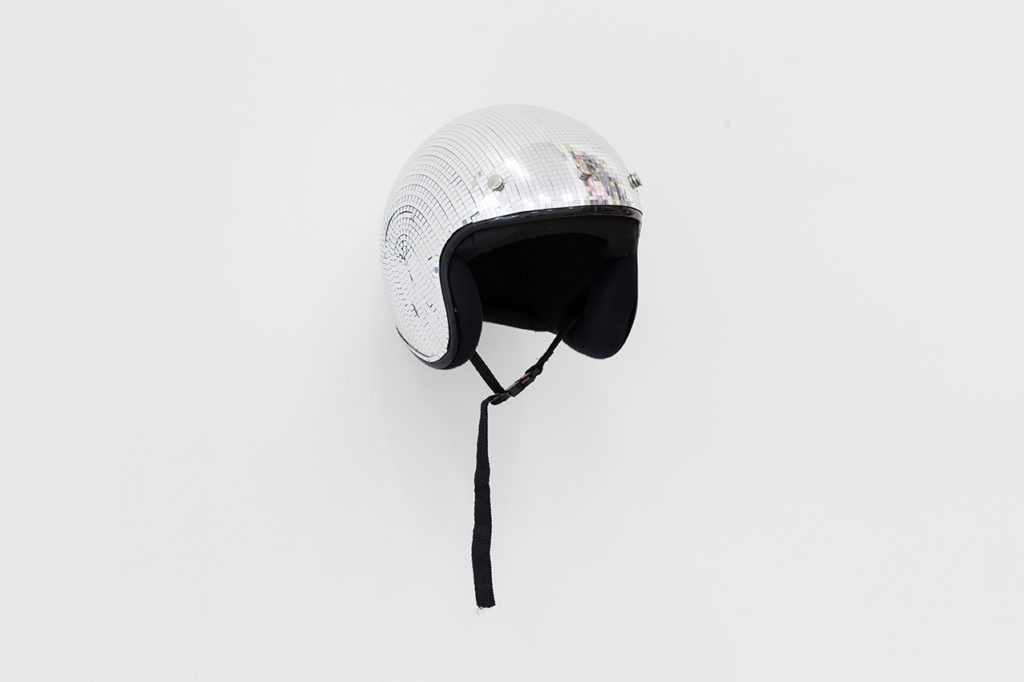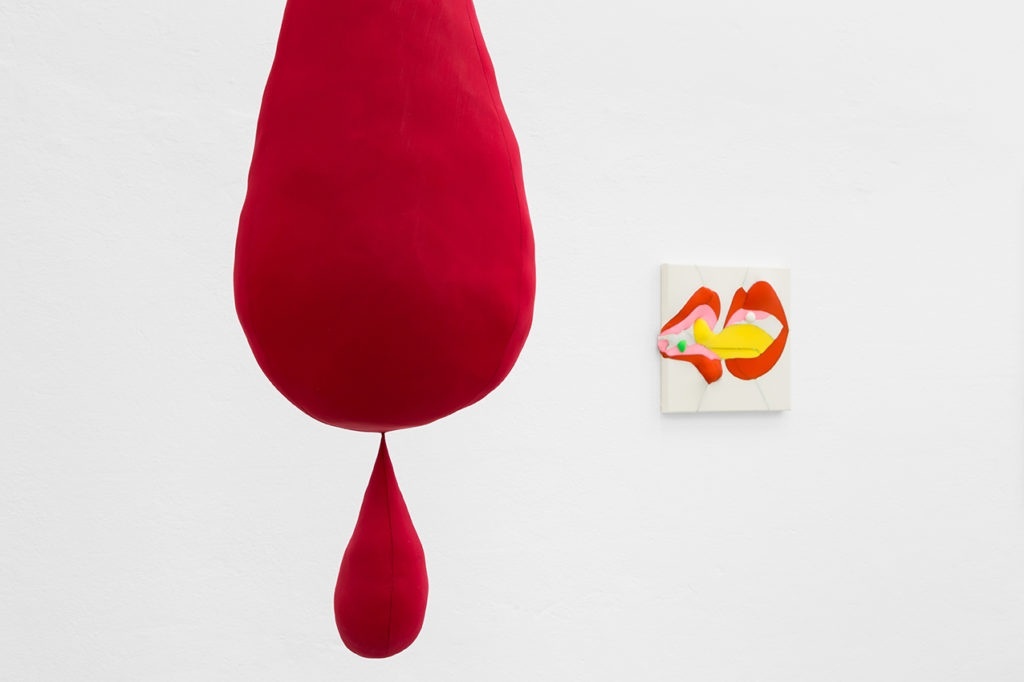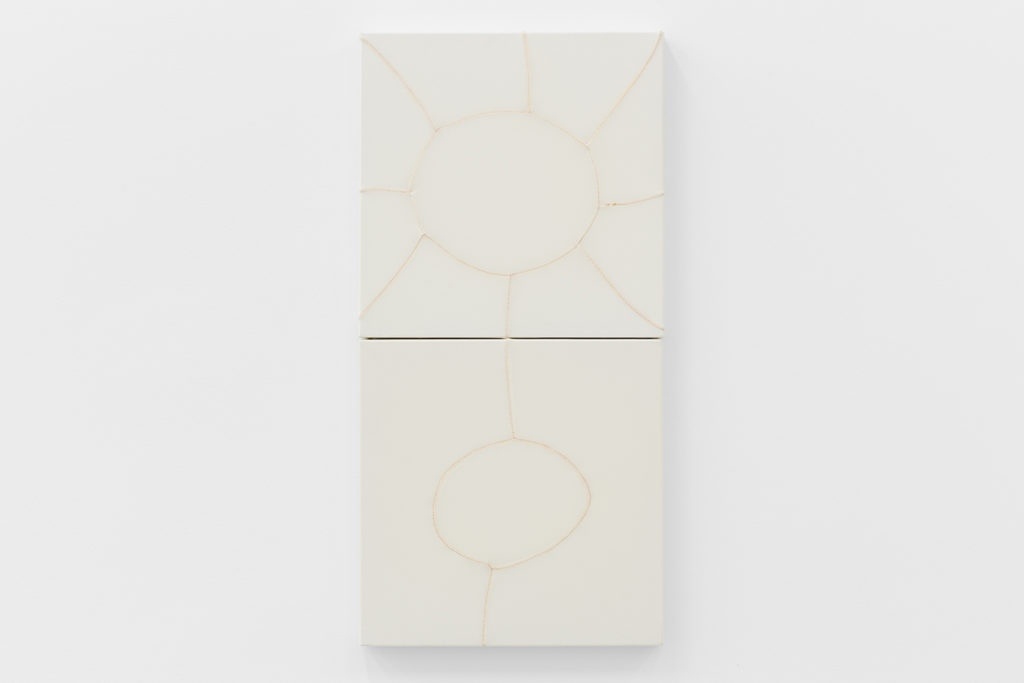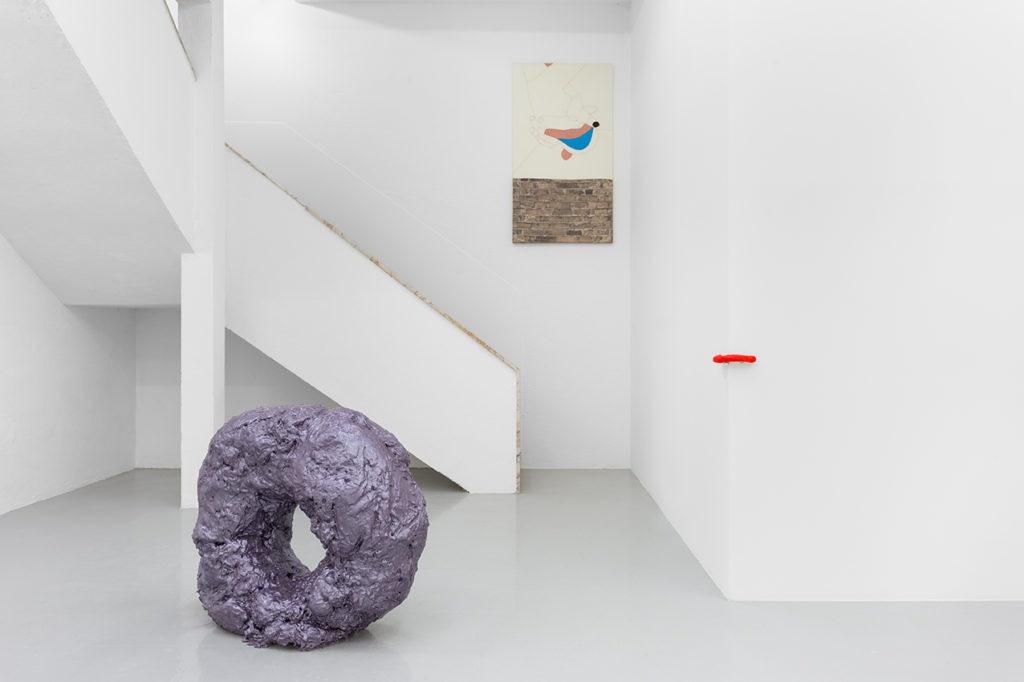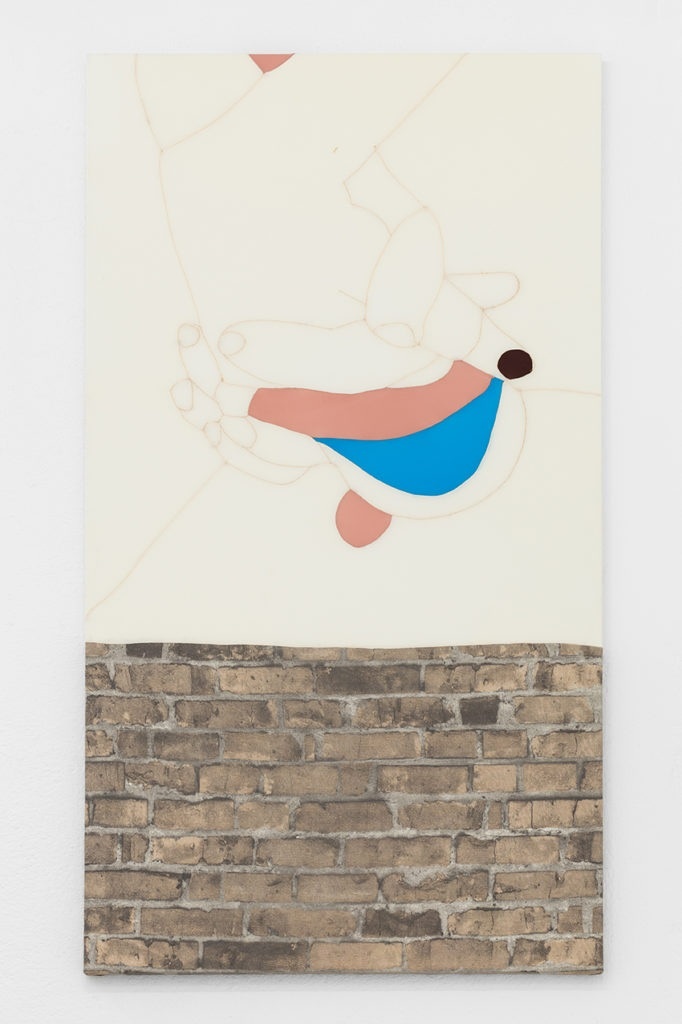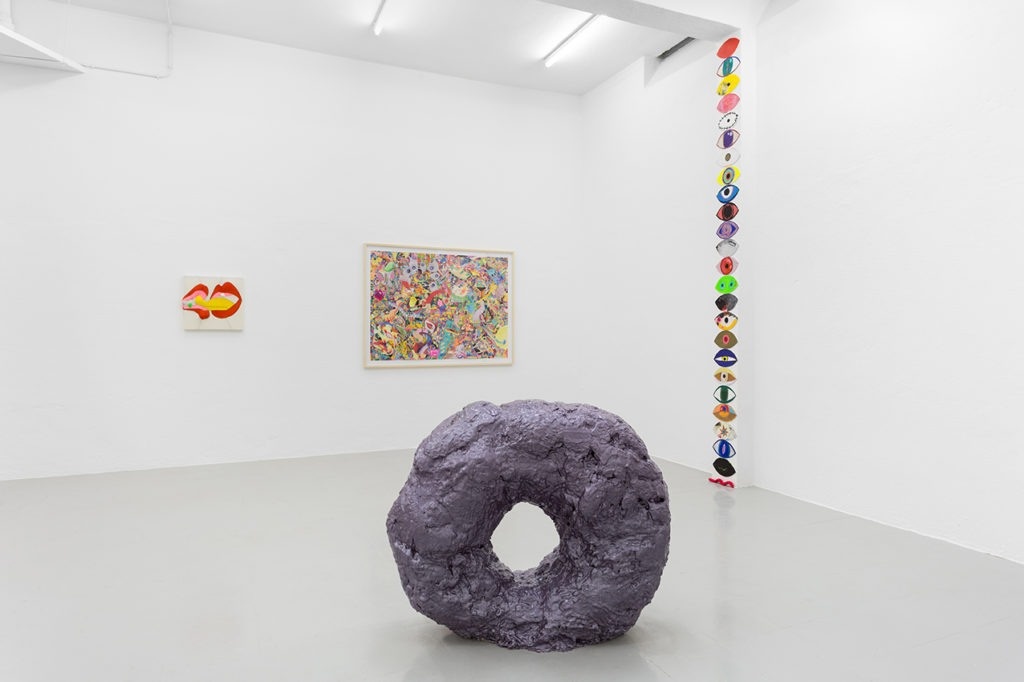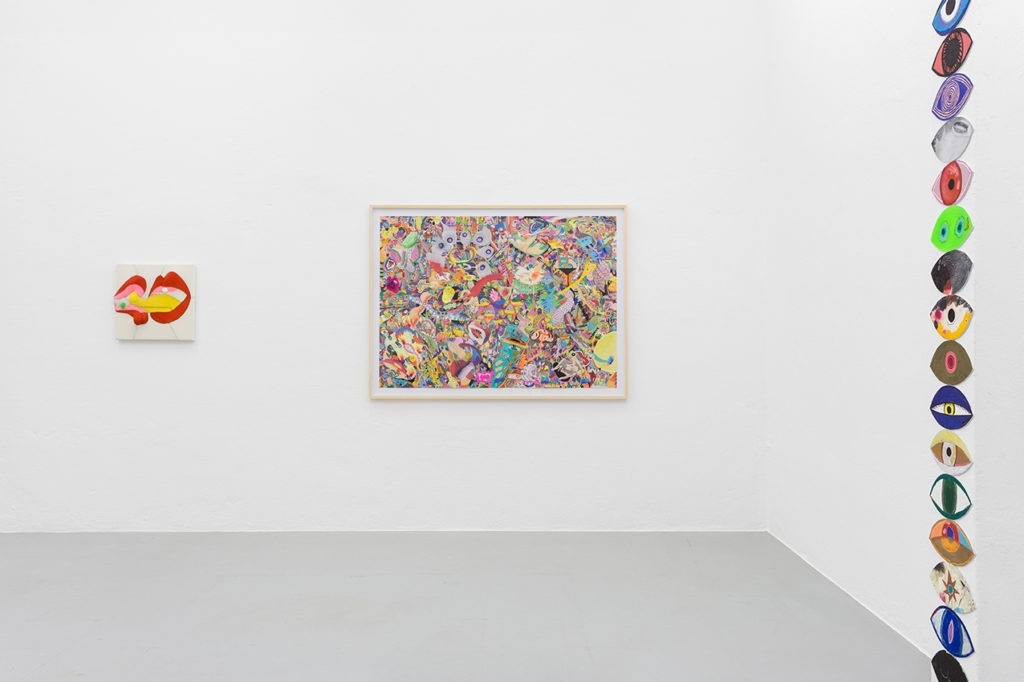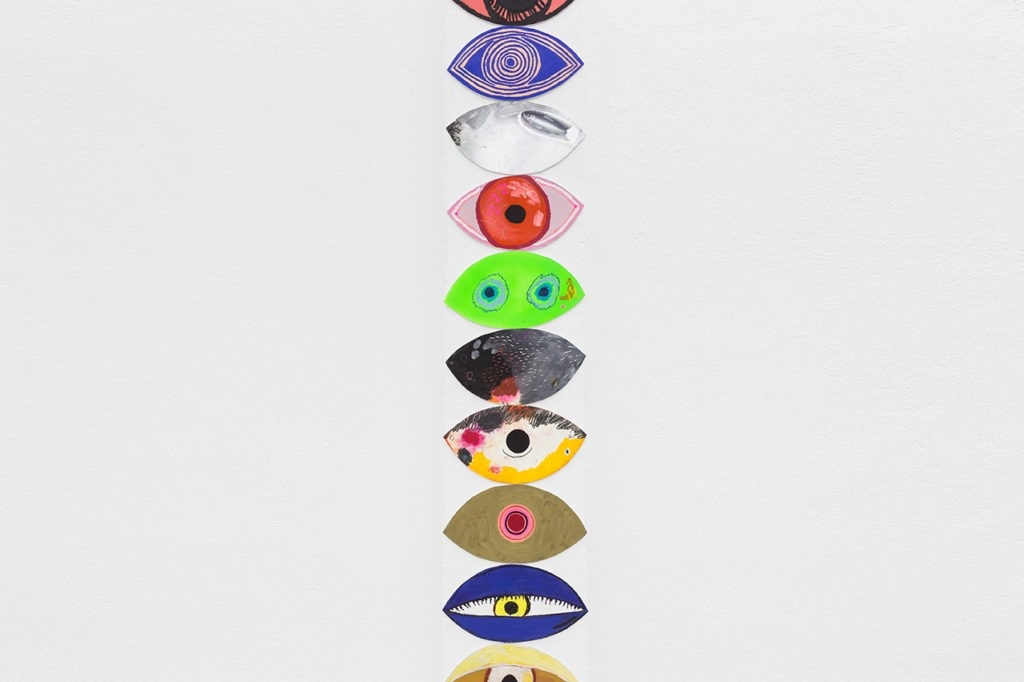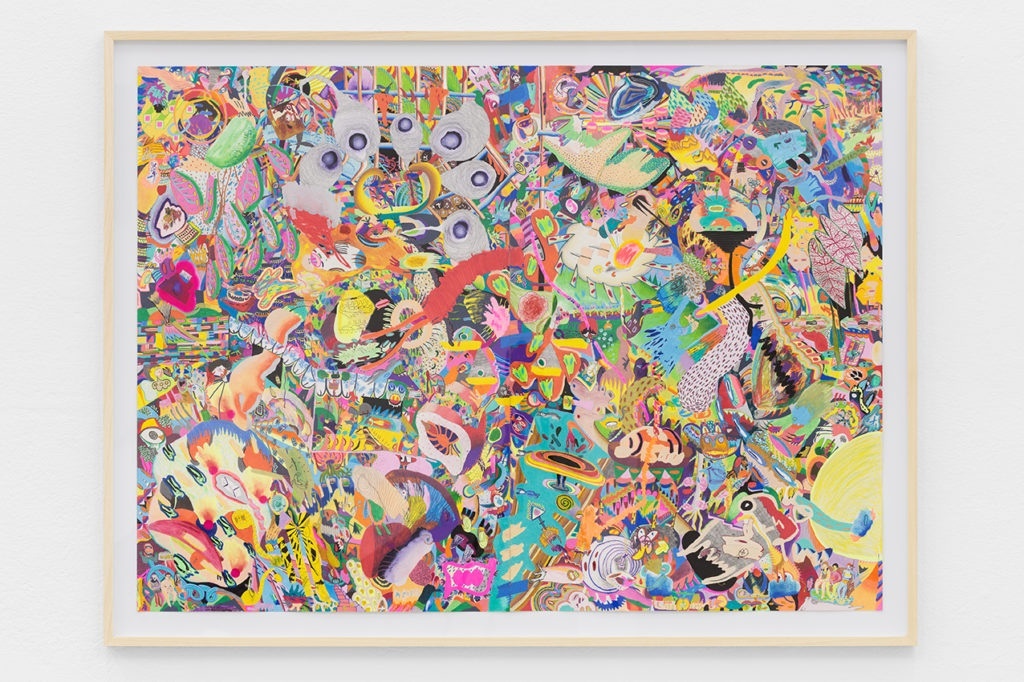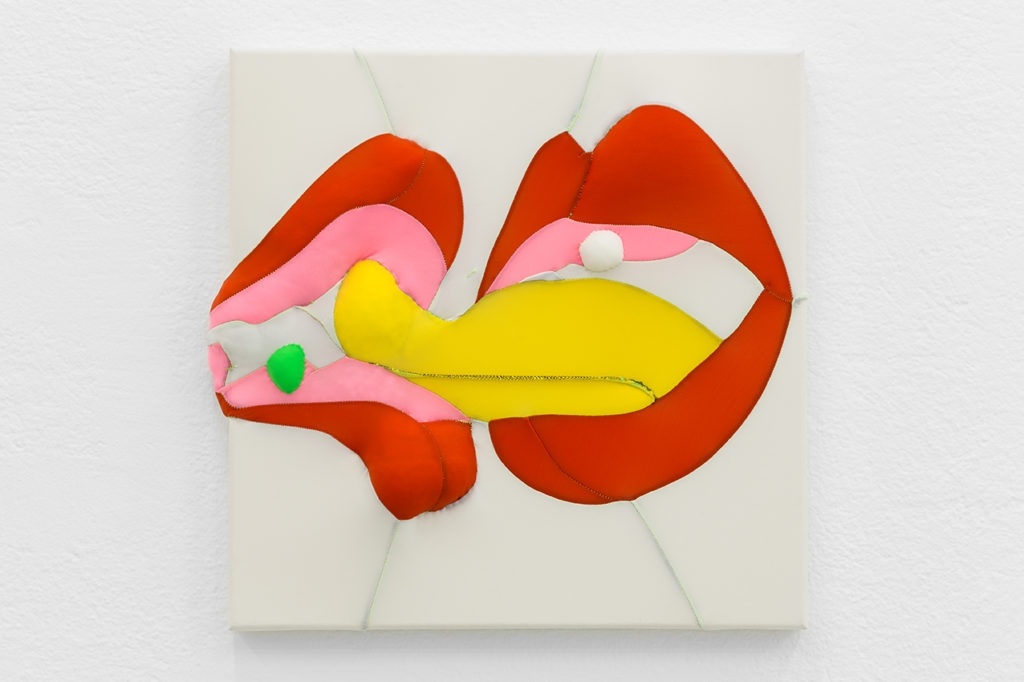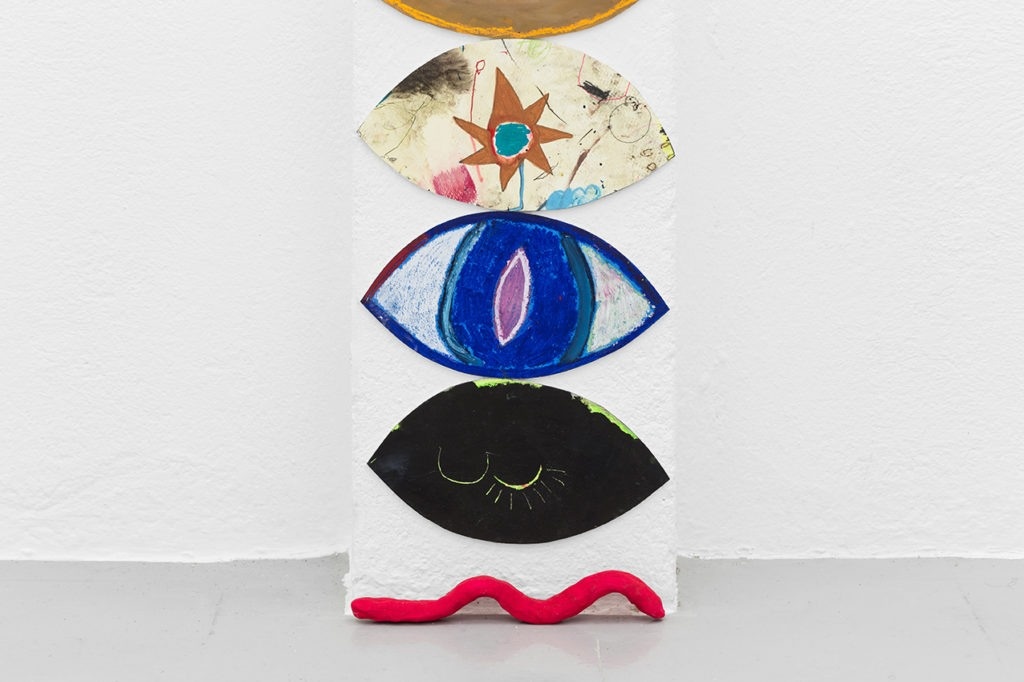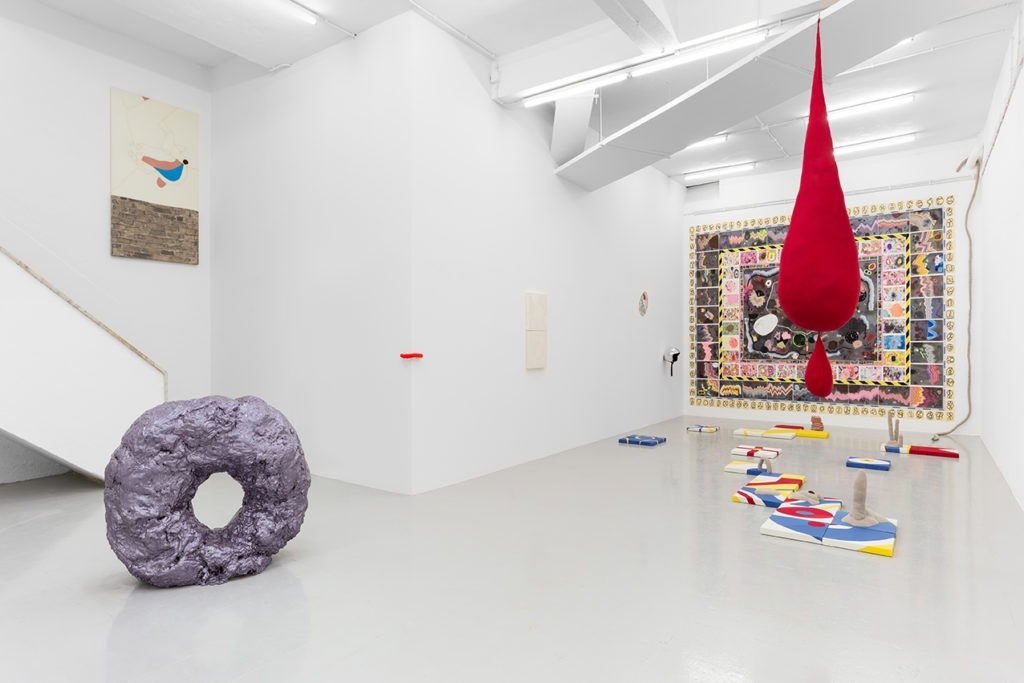Pivô: Flora Rebollo, Thiago Barbalho, e Yuli Yamagata
ROCAMBOLE IN PORTUGAL IS LITERALLY ROLL CAKE
From February 23rd to April 27th
Artists Flora Rebollo, Thiago Barbalho and Yuli Yamagata took their artworks overseas. They packed their suitcases in their shared studio in the Copan building, in São Paulo, and opened them at the Kunsthalle Lissabon, in Lisbon. As well as their luggage and more or less completed artworks, the three artists carried with them Pivô, its team and its way of making things.
The original project was informed by the artist’s friendship. And the friendship between the two institutions led to the group’s second exhibition, which carries as much affect as it carries doubt. ‘What is going to happen when we introduce Rocambole to this new environ-ment? Will it travel well? What has changed from the first to the second edition of this exhibition?’
When pondering these questions I remembered a well-known anecdote by gallery owner Marcantônio Vilaça, who, prior to his death in 2000, was an emblematic agent in the São Paulo art scene and played a key role in expanding the international circulation of Brazilian contemporary art. Vilaça always took a delicious 'bolo de rolo' made by his mother in Recife on his regular trips abroad. The homemade cake was a sort of calling card that seduced his interlocutors and served as a conversation starter, ultimately opening doors for Brazilian art.
Kunsthalle Lissabon is an institution committed to ‘radical hospitality’. In addition to its exceptional programme of exhibitions, João Mourão and Luis Silva are known for treating their guests with unforgettable tours of Lisbon’s bars and restaurants. (Only 32 hours after I said goodbye to Yamagata and Barbalho at Pivô, I received an image on WhatsApp showing a plate of food and a smiling emoji). In a simi-lar fashion to Vilaça, KL curators understand the value of meeting and sharing experiences as critical fuel for art production and dissemination. And Rocambole was conceived based on the same premise.
When Pivô was invited to temporarily occupy Kunsthalle Lissabon, I immediately thought about this project, which, in my view, manages to very effectively translate the confluence between Pivô and KL’s work methodologies and institutional and curatorial approaches. The three artists behind Rocambole met in 2017, during the art residency programme Pivô Research, where their interaction unveiled a series of formal and conceptual links between their practices. This instigated them to propose an exhibition in collaboration with Pivô’s curatorial team, which was exhibited at Pivô in 2018. It was more than two years of work, a time during which many things happened in the artists’ individual practices, as well as at Pivô and in Brazil. However, the recipe remains practically the same: new artworks created by the artists who are connected by their predilection for irreverent combinations of colour and texture, anamorphosis and sinuous forms and, above all, their obstinacy to make. The interaction between the works is conjured by proximity. In many cases, their encounters in space are harmonious; in others, they are more blaring. In the first version, the artists were intimately familiar with the exhibition space and many of the artworks were actually made inside it. In the second edition, the works were produced remotely to occupy an unknown room in a different country. For months, a physical model of KL could be seen in the artists’ studio at Pivô. It was used to rehearse the new occupation, which would have to deal with straight angles rather than Copan’s modernist curves.
In the second volume of Performing the Institution(al), João Mourão and Luis Silva quote a line by Tess McGill, a character in Mike Nichols’ film Working Girl (1988): ‘You want to be taken seriously, you need serious hair’. This was in reference to the ‘institutional hoax’ the authors performed in the last ten years. More or less by default – and absolutely due to the vertical engagement of its creators and collaborators – KL became a major institution in the real world. Yamagata once told me anxiously: ‘People think I am having a laugh but I am being very serious’, whilst she twisted a gigantic textile worm wearing a pair of trainers for dogs.
What do the work ethics of Kunsthalle Lissabon, the Rocambole exhibition and Marcantônio Vilaça’s bolo de rolo have in common? The unconditional appreciation and political awareness of the act of starting a conversation, as well as the belief that art is a very serious matter (without being stiff ). The story goes that in the 1990s Vilaça offered the Brazilian delicacy to Barbara Gladstone on a plane, along with a card printed with a painting by the then unknown artist Beatriz Milhazes (it seems that she loved the cake but hated the painting). In between profound discussions and generous portions of shellfish, the Portuguese institution has carried out unique projects with some of the most interesting young contemporary artists of our time. For us at Pivô, it is an honour to temporarily occupy this space and history, taking to Portugal – for the first time – three Brazilian artists in whom we truly believe and who have a very special project that emerged from informal conversations in Pivô’s studios and common areas.
People have always asked me if Pivô would exist outside Copan and I have always hesitated. I am extremely grateful to Kunsthalle Lissabon for offering us the opportunity to test this possibility.
Fernanda Brenner
With the kind support of: República Portuguesa / DGArtes, FfAI and Coleção Maria e Armando Cabral.

